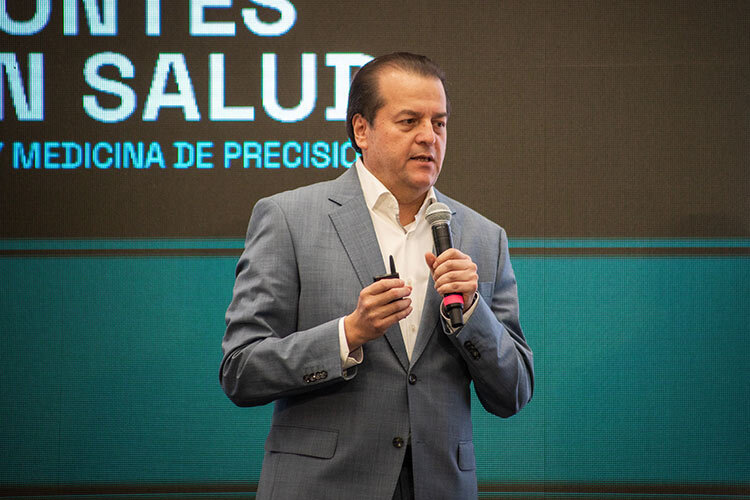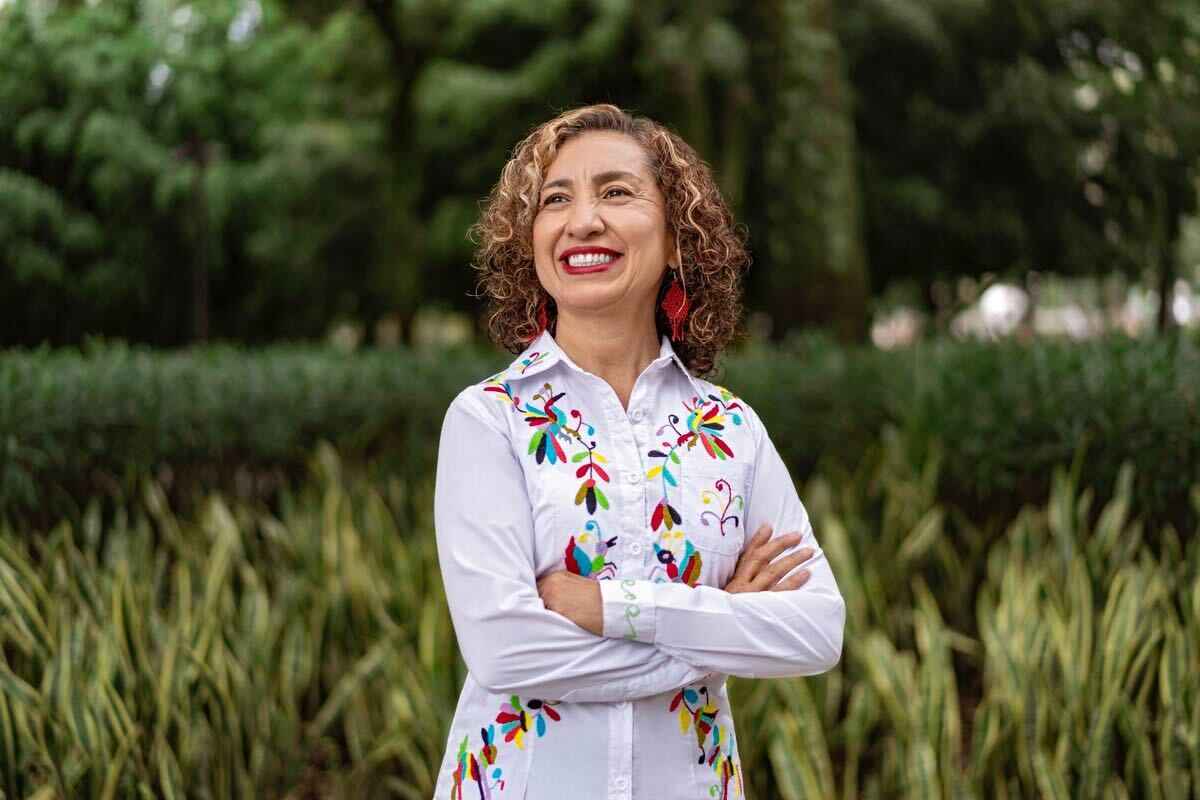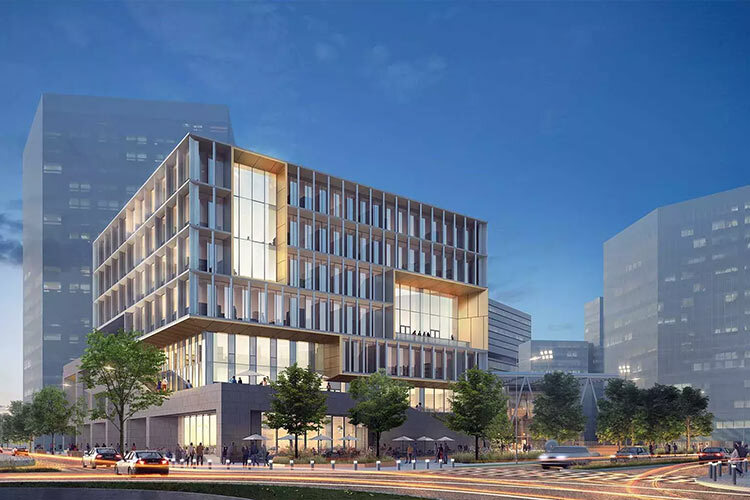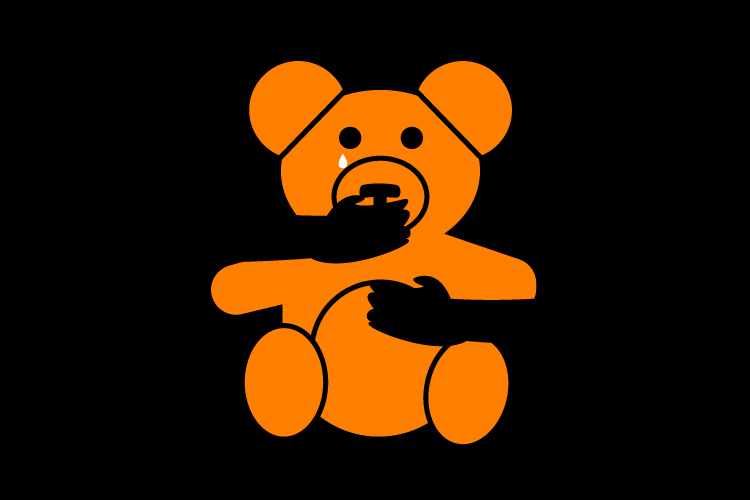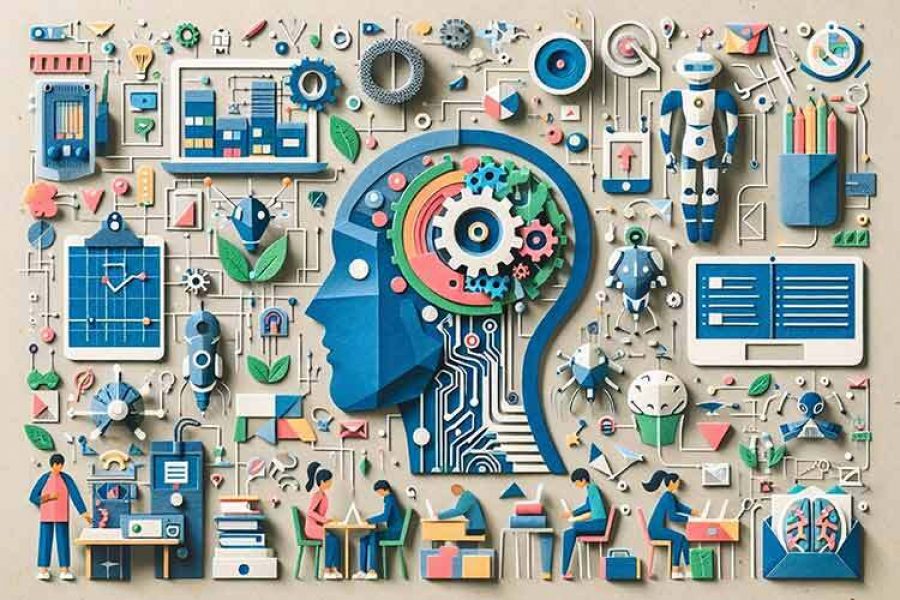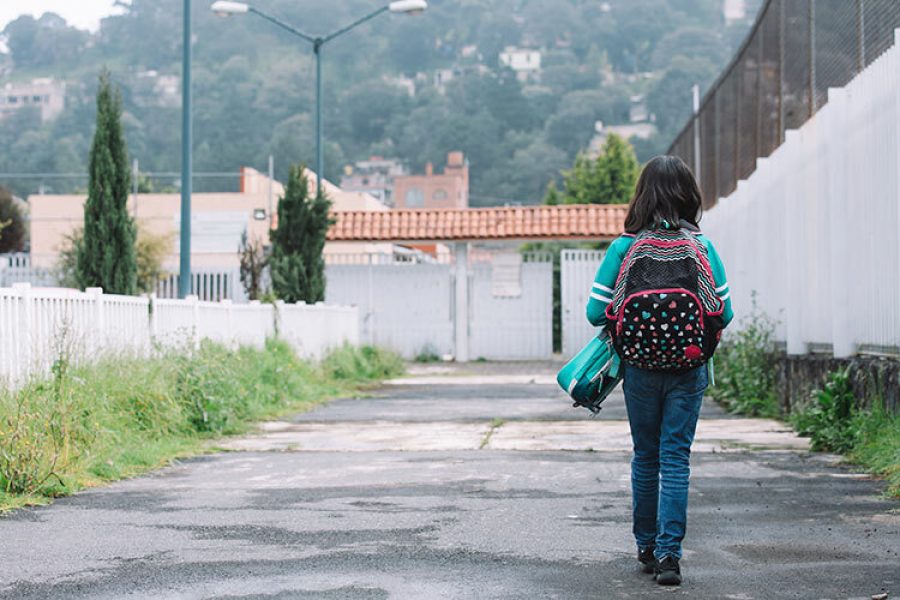As of Monday, August 24, more than 30 million students in Mexico will have to take classes at home, via television and radio programs that the Ministry of Public Education (SEP) has prepared, so that their learning is not slowed down. On the cusp of the beginning of this new and evolving pedagogical model, the big question is whether the students will be able to learn properly. At Tec Review, we asked education experts to find out what the advantages and disadvantages of this model might be.
A homogenized model
The SEP chose television as the best way to get students learning, because 94% of Mexican families have one at home. To achieve this, an agreement was signed with four private television broadcasters, 36 state stations, and the entire public service network so that 4,550 programs (translated into 20 indigenous languages and all including Mexican Sign Language) can be broadcast from 8:00 a.m. to 7:00 p.m. Although equality is guaranteed from the beginning, for Manuel Gil Antón, professor at the Center for Sociological Studies at The College of Mexico (Colmex), the program is destined to fail.
“A child sitting in front of the screen watching the programs is not learning. What you are doing is ensuring maximum coverage, but you are also ensuring maximum failure because learning is an interaction,” he said. The laughter, jokes, chats, and more, that students experience in classrooms, with their peers and teachers, are fundamental routes through which knowledge is acquired.
In the classroom, if there are doubts you can clarify again and again, give an example or share other ideas as necessary, until it is clear to the students. Via television, that is impossible. Gil Antón warns that the decision made by the federal authorities was hasty and lacking in creativity.
It would seem, he says, that they want to provide a hose from which knowledge flows and children, with their buckets, must catch it, but the learning process is much more complex than that. “I think there has been a rush by the government to try and control the population and say, ‘everything’s fine’. If we know that the country is diverse, unequal and lacking equity, why did we generate a model for the whole country?” he asked.
A lack of imagination
In addition, although 1 million of the 1.2 million teachers in the country have been trained and taken courses provided by the SEP, this is no guarantee that their students’ learning process will continue as if the classes were being taken in-person.
It will be they, the teachers, who will have to make the necessary adjustments. We need to use our imagination to ensure the success of television classes, which began on August 24. However, it is not known when they will end and when students will be able to return to school: everything depends on the continued development of the Covid-19 pandemic.
WhatsApp groups, meetings (at a safe distance) in parks and squares, classes with megaphones outside housing units, Gil Antón suggests, would be some options to share knowledge without completely dispensing of interaction with others. “Why don’t we let them read a García Márquez book this week, and discuss it next week? No, it was better to have the children sitting in front of the television for three, four hours… that is inhumane,” the academic complained.
Dubious assessment
“It will be a difficult return to classes, and very sad,” lamented researcher Aurora Loyo. “Schools are spaces where people meet, where there is interaction, but this is an unprecedented situation that has had many drawbacks”. For the researcher at the Institute for Social Research of the National Autonomous University of Mexico (UNAM), the main concern of Learn At Home II is in the socio-emotional development of the students. “The learning will be of much lower quality; I can guarantee that.”
Television, she explained, can never provide the diversity found in classrooms. Each student learns at their own pace and each classroom is unique: the questions and interests in each classroom are different, even between 3A and 3B in the same school, for example. If you add that to the lack of socialization with friends and teachers, the result is not going to be positive. Asked about whether it was better to start Home School than to have nothing, the researcher considered that we have to work with what we can, and all countries impacted by Covid-19 have done something. However, this process leaves the door open to less control, and no records of student progress.
She reproached that in the last school year, which should have ended online, it was found that there was very strong pressure for teachers to evaluate their students without having the necessary elements to do so. “The gamble made on television doesn’t seem bad to me, especially because the process has to be inclusive but, from an educational point of view, digital platforms and the internet would better allow for real pedagogical communication: television has very serious limitations.”
The forgotten ones
One of the biggest concerns that families have regarding this return to distance classes is the role that parents will play. Now, must they also be teachers?
In Mexico, a good proportion of students are studying at higher educational levels than their parents managed to complete, so the concern is ‘What do I do if my child has doubts and I don’t know the answer?’, or even about whether they should sit with the kids and take classes alongside them. “Mom and Dad aren’t the child’s teachers: they are parents and they should be figures of support and supervision. It’s not their job to know all the answers and answer for the child,” explains Dr. Claudia Sotelo, psychoanalyst at the Center for Specialization in Childhood Psychological Studies.
The expert believes that students will be able to learn through this new way of taking classes, and that it will be a different type of learning because they will use new tools. She called on parents to trust their children’s teachers and the programs that will be broadcast on television, as well as not to think that 2020 will be a ‘lost year’.
She said that if each of the participants in the children’s lives maintains their role, home school will become a learning experience. However, she warned, parents should be on the lookout for the possible “emotional malnutrition” that their children might be experiencing. This is the result of their social circle being reduced. This is a situation which, if not dealt with in a timely manner, could cause serious problems for children. “Children, by their very nature, are sociable beings but the pandemic has forced them to experience the world through screens and that is very worrying,” said Sotelo.
Recommendations
Faced with uncertainty about when there will be a return to normality, as well as financial concerns, and the potential loss of employment, children end up becoming the forgotten ones at home because their parents have lots of issues to resolve. That’s why the expert recommended putting in place clear routines, in which everyone participates, and considering what their role at home is going to be.
Thus, in order to create a better study environment for the children, she requested that fixed times be established for going to bed and waking up, that children get dressed to take their classes (either in the school uniform or with clean clothes) and that they are not allowed to have breakfast while watching the classes on television.
“Parents must convey to children that what they are doing is very valuable,” stated the expert.
A paradigm shift
The Covid-19 pandemic will undoubtedly cause a sea-change in educational processes around the world. However, the specialists warned, the changes will not be that radical, and face-to-face classes will not disappear. This can be seen in the case of Telesecundarias, which were launched in 1968, or the online degrees offered by different educational institutions.
This is not only about the deep economic inequalities which Mexicans experience but, rather, as has been mentioned throughout this text, that social interaction with others is a fundamental part of the learning process.
“These emergency conditions foment the emergence of true innovations in education, and some changes should be expected, but not radical changes in the learning process. There will be no before and after the pandemic,” predicted Aurora Loyo, from the Institute of Social Research at UNAM. “The main issue is that school has remained the same since the 19th century. There have been many changes: there are computers and everything else you might need, but the classroom is still the classroom, the teacher continues being the teacher and that is because it is an important space for socialization. It is where children learn to understand hierarchies and discipline, in the good sense of the term; that is why not having classes is a real tragedy.”

